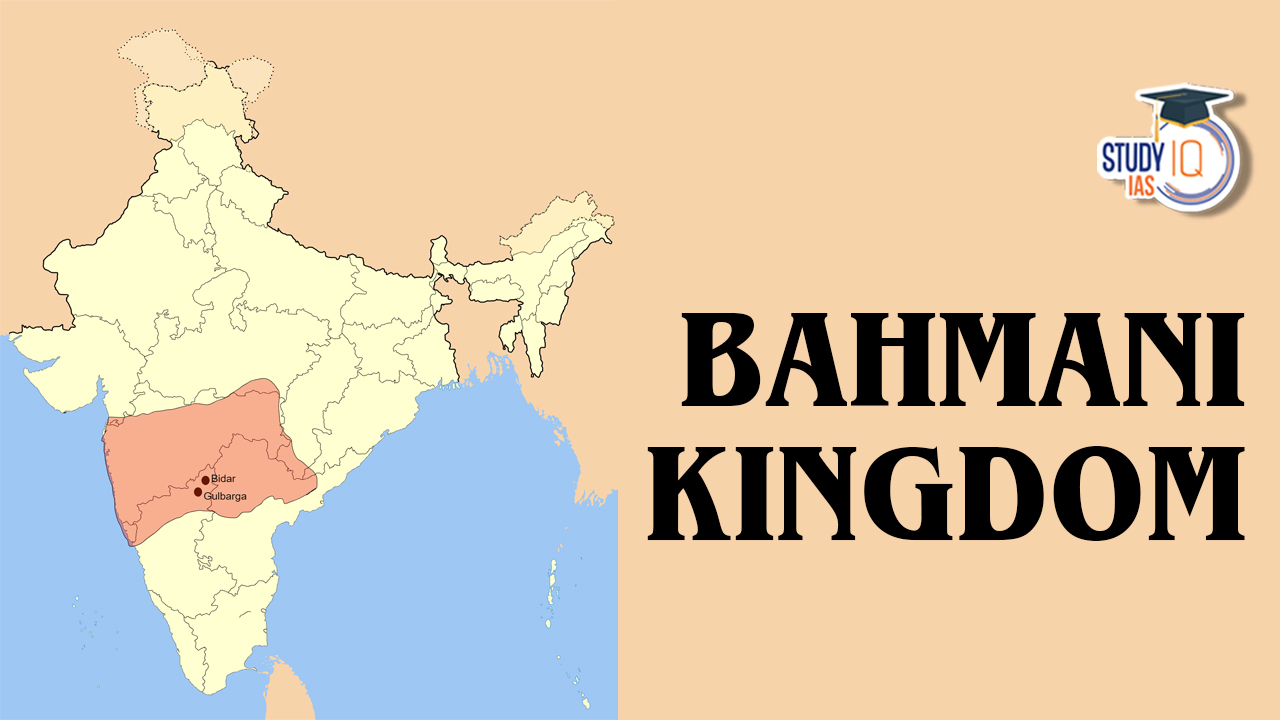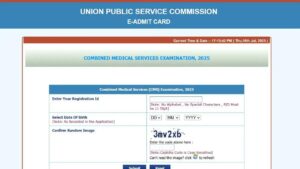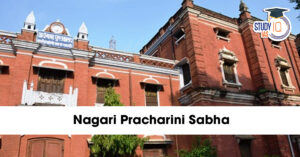Table of Contents
Bahmani Kingdom
The Bahmani Kingdom (1347–1527 CE) was one of the first independent Muslim kingdoms in the Deccan Region (South India), founded by Ala-ud-Din Bahman Shah (Hasan Gangu) after revolting against the Delhi Sultanate. It became a powerful medieval state, centred in the Deccan region, with its capitals initially at Gulbarga (now Kalaburagi) and later at Bidar.
- Founded: 1347 CE
- Founder: Ala-ud-Din Bahman Shah
- Capitals: Gulbarga and Bidar
- Religion: Islam
- Legacy: Foundation for the later Deccan Sultanates and significant Persian influence on South Indian architecture and culture.
In-depth discussions of the Bahmani Kingdom’s major features, including its notable kings, governing structures, works of art and architecture, literature, and other significant information, will be provided on this page. The Bahmani kingdom reached its zenith under Prime Minister Mahmud Gawan’s leadership. He was a Persian tradesman. The Bahmani kingdom’s foundations were demolished after the sultanate’s defeat by King Krishnadevaraya of Vijayanagara in a battle.
Bahmani Kingdom History
Up to 1347, Zafar Khan, also referred to as Hasan Gangu, served as a commander and the governor of the Decca region for Muhammad Bin Tughlaq. A victorious uprising against the Delhi Sultanate was headed by Hasan Gangu. In the Deccan, he founded the autonomous Bahmani Kingdom. The endorsement of powerful Sufi saints of the era validated the Sultan’s political power. As a result of this assistance, the Sultan was able to establish his political power and was given the title of “Alauddin Bahman Shah,” the founder of the Bahmani Kingdom.
Bahmani Kingdom Rulers
Hasan Gangu Bahmani
He founded the Bahmani empire in what is now the Indian Deccan. He served as Muhammad Bin Tughlaq’s Turkish Officer in Devagiri in the past. In the year 1347, he founded the Bahmani kingdom. His dominion covered the entire Deccan region up to the Krishna River, stretching from the Arabian Sea in the west to the Bay of Bengal in the east. It had Devagiri as its capital.
Muhammad Shah I (1358-1377 A.D.)
He took over from his father to lead the Bahmani Kingdom as its second king. He was an excellent general and administrator. Bukka-I of Vijayanagar and the Kapila Nayaks of Warangal were vanquished by him.
Muhammad Shah II (1378-1397 A.D.)
In 1378, he ascended to the throne. He significantly influenced the dynasty’s architecture. He had a calm demeanour and built cordial diplomatic relationships with his neighbours. He constructed medical facilities for his state’s citizens. Numerous mosques, madrasas, and other religious institutions were constructed by him.
Feroz Shah Bahmani (1397-1422 A.D.)
Most people agree that Taj ud-Din Feroz Shah was the best sultan of the Bahmani Kingdom. He married the daughter of the Vijayanagara Empire Emperor Deva Raya I after defeating him. On the banks of the Bhima River, he founded the city of Firozabad. He supported literature, the arts, and culture.
Ahmad Shah (1422-1435 A.D.)
After Feroz Shah Bahmani, Ahmad Shah assumed the role of ruler in 1422. He was a cruel and violent monarch who lacked compassion. He was successful in subduing the Warangal kingdom. He made Bidar his capital instead of Gulbarga. He passed away in the year 1435 AD, as was his fate.
Muhammad Shah III (1463-1482 A.D)
Muhammad Shah II, being just nine years old, ascended to the position of Sultan of the Bahmani Kingdom in 1463 A.D. The Sultan was too young, therefore, Muhammad Gawan took over as regent. Because of the skilful leadership of Muhammad Gawan, the Bahmani kingdom rose to great strength. Sangameshwar, Vijayanagar, Orissa, Konkan, and their respective kings were all vanquished by Muhammad Gawan.
Muhammad Gawan
He was a sage academic and a superb administrator. His efforts to organise the finances, promote public education, modify the tax code, and discipline the troops allowed him to enhance the administration. To a significant extent, he was effective in eliminating corruption. Muhammad Shah III executed Muhammad Gawan in 1481 as a result of the Deccan Muslims’ persecution of him.
Bahmani Kingdom & Life under It
Being a Muslim state that split off from the Delhi Sultanate in 1347, the Bahmani state was greatly affected by the Delhi Sultanate’s art, culture, and other facets of daily life.
General Administration
The Bahmani Sultans followed the Delhi Sultanate’s administrative system with little to no change. Small kingdom areas were controlled by provincial governors under a feudal system of government. Sultan served as the nation’s ruler. The Sultan possessed total authority over all facets of the government. Sultan had limitless authority in every area since he was seen as God’s representative on earth.
Four provinces, known as Tarafs, with the capitals in Daulatabad, Gulbarga, Bidar, and Berar, comprised Muhammad Shah I’s domains. Every Taraf had a governor, known as a Taradfdar, who was in control of the military and administration but still reported to the Sultan as a whole. In the Sultan’s Central Administration, ministerial positions were occasionally also given to Tarafdars.
Under Mahmud Gawan, the empire grew, and the Taraf population reached eight. Mahmud Gawan allocated a portion of each Taraf as the Sultan’s domain to contain the Tarafdars’ authority. The Tarafs were separated into Sarkars, and Sarkars were further divided into Parganas for administrative convenience. At the Pargana level, the administrators were Kotwal, Deshmukh, or Desais. A Patel or Kulkarni-led administration’s fundamental unit was the village.
The administrative officers of the Bahmani Kingdom were as under:
| Officer | Role |
| Vakil-us-Sultana | Was equivalent to Naib Sultan of the Delhi Sultanate. |
| Peshwa | Attached to the Vakil. |
| Wazir-i-Kul | Prime Minister: Supervised all other ministries. |
| Amir-i-Jumla | Head of the Finance Department |
| Wazir | Deputy Chief of the Finance Department. |
| Wazir Ashraf | Head of the Foreign Affairs and Royal Court. |
| Sadr-i-Jahan | Head of the Judicial and Charities department. |
| Kotwal | Head of the Police Department. |
| Tarafdar | Provincial Governor. |
Bahmani Kingdom Military Administration
The Bahmani Kingdom possessed a sizable standing army, which was essential given that the country was frequently at war with other nations.
- Sultan served as the army’s supreme commander.
- The general in charge of the army was Amir-ul-Umra.
- The Sultan’s bodyguards were known as Khas-i-Khel.
- Infantry (foot soldiers), Cavalry (horsemen), War elephants, and Artillery weapons were some of the army’s resources.
- The Mansabdari system, in which commanders were given jagirs depending on rank, was widely used in the military.
- Kiledars, who were directly answerable to the Central Authority, were the officers in control of the forts.
Bahmani Kingdom Revenue Administration
The main source of income was land revenue. The person in charge of revenue administration was Amir-e-Jumla. A third of the agricultural products were subject to tax. Other common taxes included those on houses, mining, tobacco, grasslands, trade, and employment. Tax revenue was used to support the army, royal court, and palaces as well as for public benefit projects.
Bahmani Kingdom Architecture
Persian architecture had a significant impact on architecture and was a fusion of Indo-Islamic design. The two capital cities of Bidar and Gulbarga served as the main hubs of the Bahmani Kingdom’s architecture. Persia and the surrounding areas invited architects to design stunning buildings. Important structures are:
At Gulbarga
- Gulbarga Fort
- Jama Masjid
- Haft Gumbaz
At Bidar
- Madrasa Mahmud Gawan
- Bidar Fort
- Bahmani Tombs
Additionally, Hasan Gangu built the Chand Minar in Daulatabad.
Bahmani Kingdom Culture
The first sovereign Muslim monarchy in South India was the Bahmani monarchy. It contributed to the growth of Islam and Indo-Islamic customs in the Deccan. The Bahmani Sultans supported numerous Sufi saints, such as Banda Nawaz and Gesu Daraz, which led to the development of Sufism in the South. The Bahmani Kingdom is also credited for fostering the spread of Persian and Dakkhani Urdu.
Bahmani Kingdom Decline
The kings of Bahmani and Vijayanagar were constantly at war. Muhammad Shah III’s successors were too feeble and ineffective to maintain the empire. They fought with foreign empires, which contributed to their continued decline.
| Related Articles | |
| Brahmo samaj | Rajputs kingdom |
| Arya samaj | Travancore kingdom |
| Awadh kingdom | Vijayanagara Empire |


 UPSC CMS Admit Card 2025 Out: Download L...
UPSC CMS Admit Card 2025 Out: Download L...
 UPSC Study Material for Prelims & Ma...
UPSC Study Material for Prelims & Ma...
 Nagari Pracharini Sabha Revival: Backgro...
Nagari Pracharini Sabha Revival: Backgro...





















